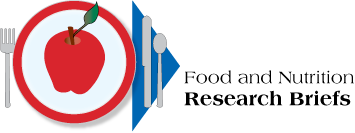ComBase Bioinformatic Tool Reduces Foodborne Illness
ComBase is an online quantitative food microbiology database that contains more than 65,000 records collected from research organizations and scientific journal articles that helps better predict and manage food safety. The information includes graphical data on how microbes grow, survive, and die under specific conditions such as temperature and acidity. ComBase also contains food and broth models that predict the growth or inactivation—death—of microorganisms in food. This data helps food companies design and implement food safety programs, document regulatory compliance, and test new model interfaces. It saves the food industry millions of dollars a year in testing and other associated costs, as well as helping to prevent recalls and foodborne illness. ComBase, created in 2003, has been hosted by the ARS Eastern Regional Research Center in Wyndmoor, Pennsylvania, since 2020.
Details
|

ARS microbiologist, Vijay Juneja uses ComBase, an online quantitative food microbiology database that contains more than 65,000 records collected from research organizations and published scientific articles. (Nikhil Juneja, D4676-1).
|

